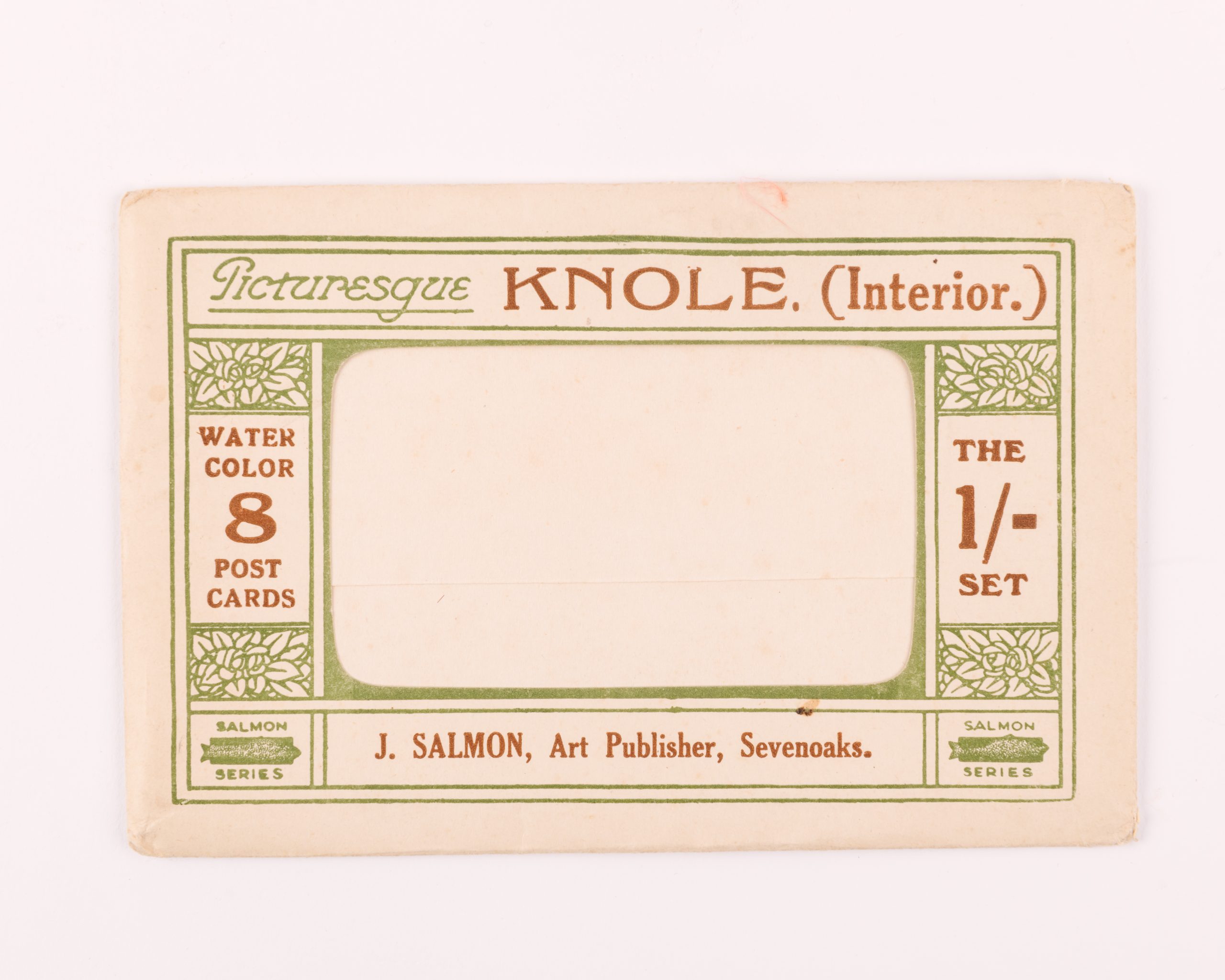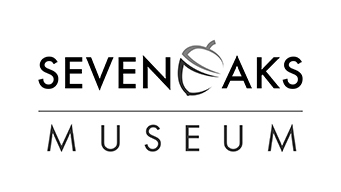From the humble envelope to elaborate wax seals, this post will walk you through the art and etiquette of letter sealing, using examples from the Sevenoaks collection.

The above is a circular medieval seal found on St Botolph’s Road. A seal matrix is used for making an impression on a wax seal, to authenticate a document or to keep it closed. They were also a testament to the authority, status, and personality of the sender. The more intricate the design, the wealthier and higher status the sender.
In 1215 King John signed the magna carta, not with a signature but with the his intricate seal depicting him enthroned. The sitting Monarchs seal was known as the ‘Great Seal’ and it was a capital crime to attempt to replicate it, however you can now buy replica signet rings in the National Archives shop!

These impressions were made from the seals of William Sevenoake. Dr Gordon Ward, the first Curator of Sevenoaks Museum, had these plaster casts made and framed them. William Sevenoake was a humble Ironmonger who became mayor of London in a rags to riches tale. In his will he gifted money to set up the Sevenoaks almshouses for the poor to live in. He also founded the Sevenoaks School for boys.

This lovely box from the Georgian Sealing Set company, dates from the early 20th Century. A portable case with everything needed to make a wax seal to secure a letter. You can see a small paraffin heater and a compartment for matches, the small wax pearls would have been dropped into the wax melter and held over the heater, in the hidden compartment underneath the taper, houses the stamp.
The use of wax seals by the 20th century had waned in favour of the more convenient gummed envelope.

Bridging the gap between wax seals and envelopes are these wafer seals. They were made from wheat and water to form a paste and pressed into discs. Two discs would be pressed to either side of a letter and then they would be stamped together to form a strong seal. 19th Century etiquette dictated that sending letters with wafers was considered to show a lack of respect.
“Letters should be wrote on Quarto fine gilt post paper to superiors; if to your equals or inferiors, you are at your own option to use what sort or size you please, but take care never to seal your letter with a wafer unless to the latter“. – The complete letter writer of 1778
A letter sealed with a wafer was seen to look hurried and messy compared with an elegant wax seal.
“some people employ them for closing the envelopes of letters; but this, except in the ‘hurry of business’ is a slovenly practice.” – The writing desk and it’s contents by Thomas Griffiths

Envelopes themselves have been around for thousands of years. The first known were made from clay in ancient Sumeria around 3000 BC. A clay folder would have been made to house a clay tablet message and the baked to keep the contents secure. The envelope would need to be broken to read the message inside.
Paper envelopes have been around since the invention of paper by the Chinese. They would have been a diamond shape with all four sides meeting in the middle to be secured by a wax seal. This remained largely unchanged until the invention of an envelope folding machine by Edwin Hill and Warren De La Rue which was displayed at the Great Exhibition in 1851. (See image below).

Gummed envelopes were not invented until the late 19th Century and the well known manila envelope didn’t come into existence until the 1930’s.
The pretty envelope featured above was designed by a local Sevenoaks Publisher, Joseph Salmon in the early 20th century. J Salmon was established in the 1880’s on Sevenoaks High Street and is the oldest printer of postcards in the UK, only closing down in 2017.
Written by Zoe Pegg, Interim Curator, and Liz Botterill, Curator



